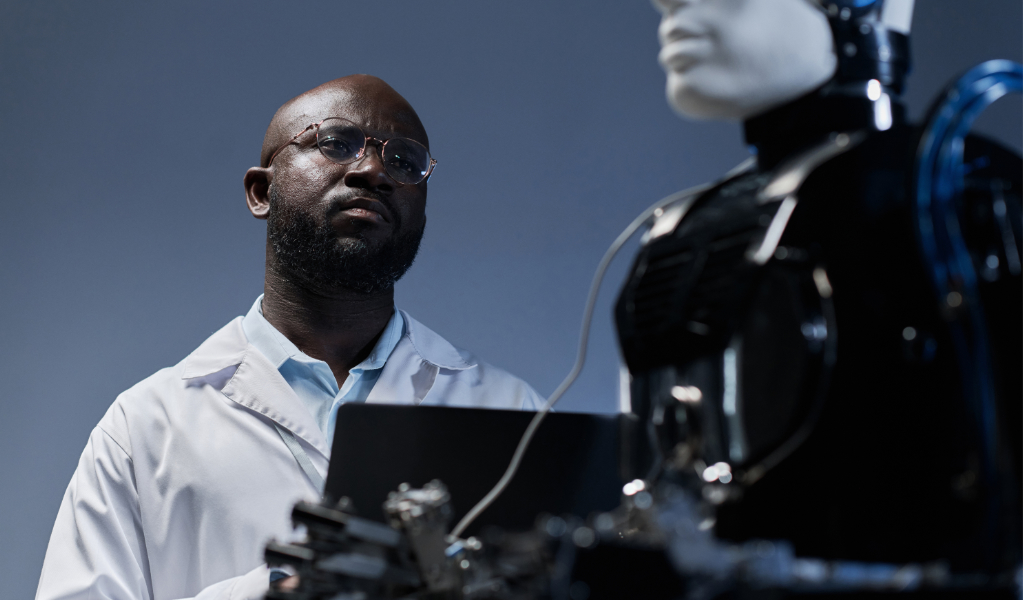Multi-axial load cells by CELMI srl, used in robots, represent an advanced technology that is transforming the way in which robots themselves interact with their environment.
The CELMI srl triaxial load cell is the 3FS1 type low profile, usable for medium and high capacity weighing systems and for the measurement of forces on multiple axes even in applications with limited mounting space. It can be used in this type of use:
- effort control systems in robotics
- test benches
- crash testing in the automotive and aerospace sectors
MAIN FEATURES:
- Multi-axial measurement capability
- Completely in nickel-plated steel
- Available with 1.0 mV /V output
- Standard capacity from 2 to 50 kN
Nominal CAPACITY: 2,000 kg
THIS IS JUST THE BEGINNING: FUTURE DEVELOPMENTS OF MULTI-AXIAL LOAD CELLS
Future developments in the field of multi-axial load cells and robot joints are very promising and could lead to a number of significant innovations. Some possible developments include:
Miniaturization and advanced integration: they are expected to become increasingly smaller and more integrated, allowing robots to be more compact and lighter without compromising performance.
Improved accuracy and sensitivity: Developments in sensor technology and data analytics could lead to greater accuracy and sensitivity in measurements, allowing robots to perform even more delicate and intricate tasks.
Artificial intelligence and machine learning: The integration of artificial intelligence and machine learning algorithms could allow robots to adapt more intelligently and autonomously to variations in the environment and changes in tasks, continuously optimizing their performance.
Advanced safety systems: Load cells could be used to implement advanced safety systems in robots, allowing them to quickly detect and respond to dangerous situations or imminent collisions, ensuring the safety of human operators and the surrounding environment.
Soft, flexible robotics: Integrating multi-axial load cells into soft, flexible robotics could enable the creation of robots that can dynamically and safely adapt to a wide range of environments and interact gently with humans.


